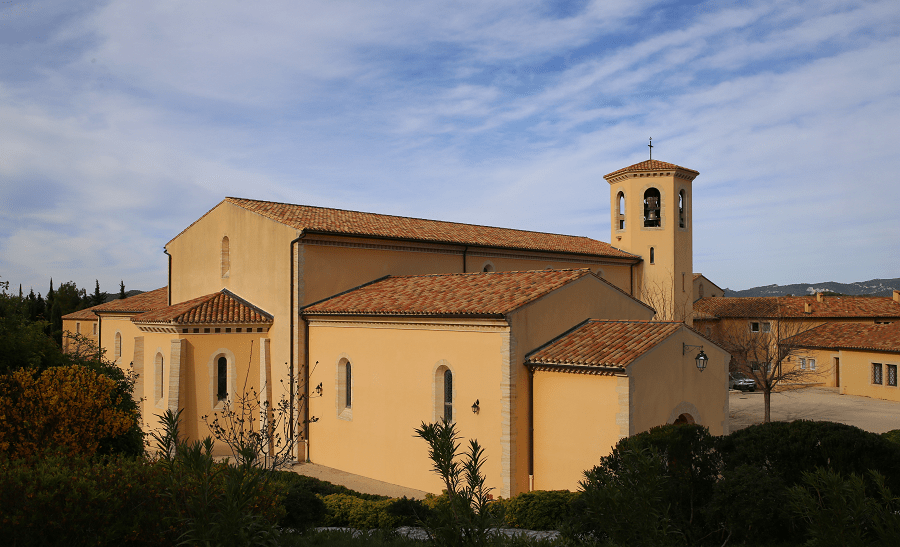The Palais-Royal is a former French royal palace located on Rue Saint-Honoré in the 1st arrondissement of Paris (France). The screened entrance court faces the Place du Palais-Royal, opposite the Louvre.
Originally called the Palais-Cardinal, it was built for Cardinal Richelieu from about 1633 to 1639 by architect Jacques Lemercier. Richelieu bequeathed it to Louis XIII, before Louis XIV gave it to his younger brother, the Duke of Orléans. As the succeeding Dukes of Orléans made such extensive alterations over the years, almost nothing remains of Lemercier’s original design.
Today it houses the Council of State, the Constitutional Council, the Conflict Tribunal and the Ministry of Culture.
Gardens
The first garden of the Palais was planted by Cardinal Richelieu in 1629, where the Court of Honor is today. In 1633, Richelieu obtained authorisation to extend the garden northeast into the land occupied by the obsolete medieval city walls of Paris. He also received permission to sell forty-five building sites around the garden.
The new garden site was 170 meters by 400 meters, making it the third largest garden in Paris, after the Tuileries Garden and Luxembourg Garden.
The new garden featured long alleys shaded by trees, elaborate parterres and flower beds, a fountain in the centre, and a circular water basin at the north end. The master hydraulics engineer Jean-Baptiste Le Tellier designed the fountain, which, like the Louvre Palace, took its water from the La Samaritaine pump on the Seine.
Shopping arcades
Louis Philippe II also had Victor Louis build six-story apartment buildings with ground-floor colonnades facing the three sides of the palace garden between 1781 and 1784. On the outside of these wings three new streets were constructed in front of the houses that had formerly overlooked the garden: the rue de Montpensier on the west, rue de Beaujolais to the north, and rue de Valois on the east. He commercialised the new complex by letting out the area under the colonnades to retailers and service-providers and in 1784 the shopping and entertainment complex opened to the public. Over a decade or so, sections of the Palais were transformed into shopping arcades that became the centre of 18th-century Parisian economic and social life.
Town houses
Near the end of the 18th century the architect Victor Louis designed rows of town houses on three sides of the garden, which extend 275 meters on the east and west and about one hundred meters on the north. Each has a gallery and boutiques on the ground floor, topped by an entresol, then residential floors. The entrances are on the streets outside the Palais. Louis artfully merged the façades of the houses facing the garden together, giving each wing the appearance of a single long building. The unified sculptural decoration of the façades features classical pilasters, balustrades and bas-relief sculpture.
Address: 8 Rue de Montpensier, 75001 Paris, France
Working days:
Saturday 8 AM–8:30 PM
Sunday 8 AM–8:30 PM
Monday 8 AM–8:30 PM
Tuesday 8 AM–8:30 PM
Wednesday 8 AM–8:30 PM
Thursday 8 AM–8:30 PM
Friday 8 AM–8:30 PM
Phone: +33 1 47 03 92 16
Architects: Jacques Lemercier, Jules Hardouin-Mansart
Opened: 1639
See more:


















